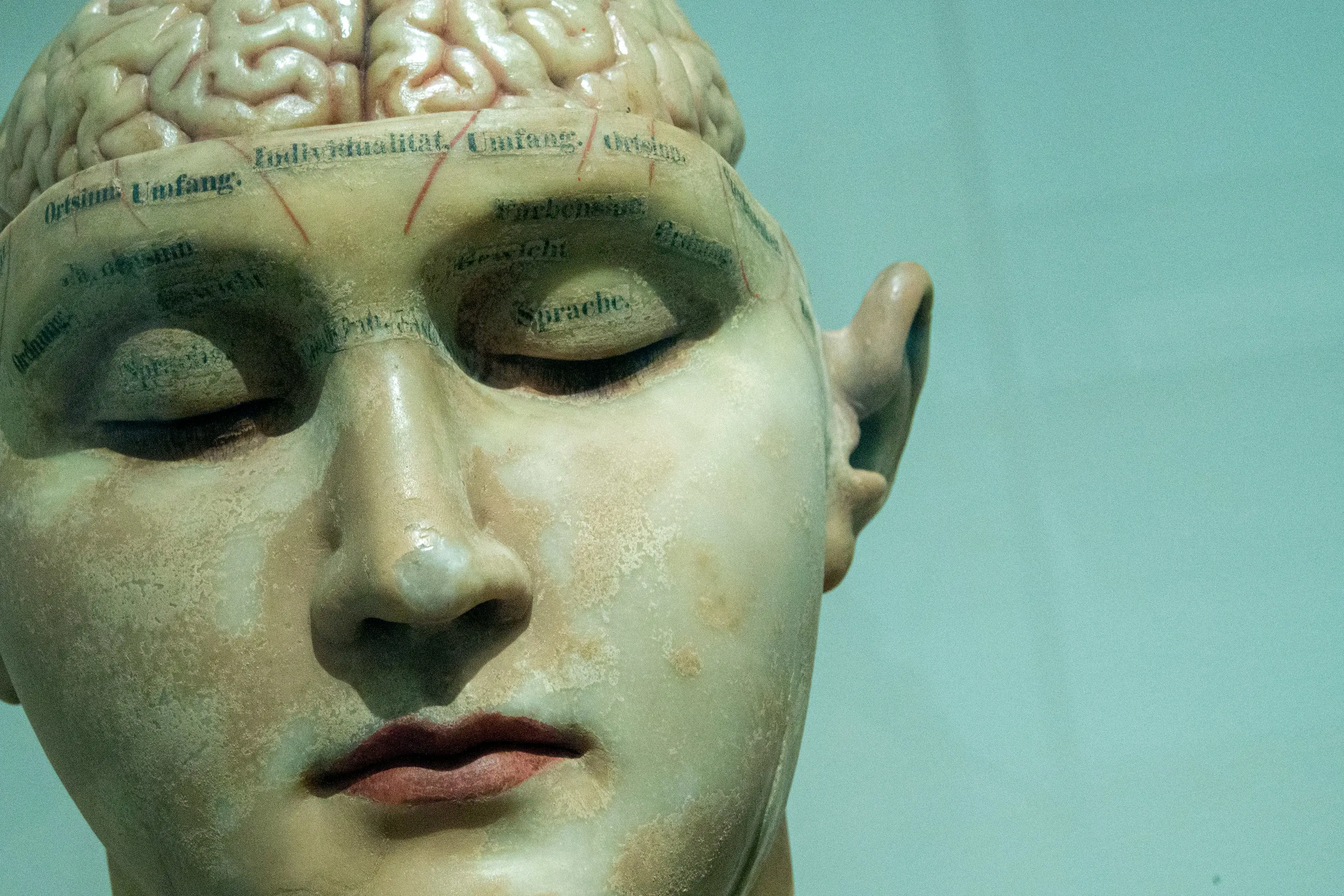AI Models Unlock The Secrets Of Human Visual Perception

Recent research has uncovered an intriguing link between artificial intelligence and the human brain's visual processing abilities. A team led by Professor Adrien Doerig from Freie Universität Berlin has demonstrated how large language models (LLMs) can predict the brain’s reactions to visual stimuli. This groundbreaking study, published in Nature Machine Intelligence, involves collaboration with experts from Osnabrück University, the University of Minnesota, and Université de Montréal.
When we observe our surroundings, our brains do more than just identify objects like a 'tree' or 'car.' They also understand the meaning, context, and relationships between these objects. Historically, capturing this high-level visual understanding in a quantitative manner proved elusive. However, the new study leverages LLMs, akin to those powering ChatGPT, to extract 'semantic fingerprints' from scene descriptions, shedding light on this cognitive process.
The researchers utilized these semantic fingerprints to model functional MRI data (a type of brain imaging technique) recorded while participants viewed everyday images. These images depicted common scenes, such as 'children playing Frisbee in the schoolyard' or 'a dog standing on a sailing boat.' By using the LLM representations, the team could predict the neural activity and decode textual descriptions of what the participants were seeing, purely from the neuroimaging data.
Furthermore, the study trained computer vision models, guided by linguistic representations, to predict semantic fingerprints directly from images. These models showed a higher alignment with human brain responses than traditional image classification systems.
Professor Doerig explains, 'Our results suggest that human visual representations are aligned with how modern language models interpret meaning. This discovery paves the way for new advancements in both neuroscience and AI.'
In essence, this research not only enhances our understanding of the human brain but also suggests potential improvements in AI systems by mimicking human-like visual processing capabilities.